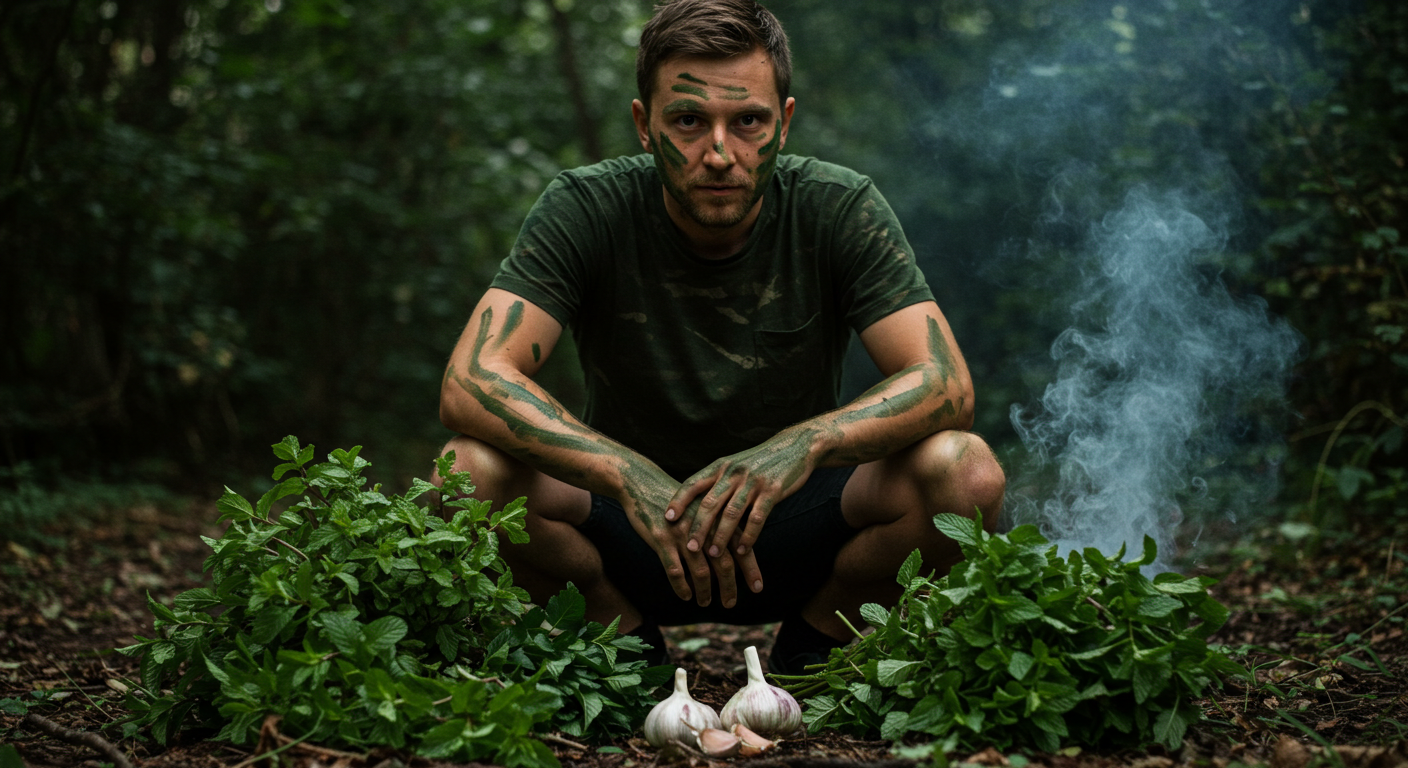Everyone knows about modern spy gear like smoke bombs and night vision goggles. But what about the original spy kit—the one nature designed long before any military surplus catalog existed? For centuries, spies, hunters, and rebels relied on plants not just for food or medicine, but for stealth.
Long before satellites and drones, there was herbal espionage. From medieval assassins masking their scent with herbs to hunters confusing tracking dogs with crushed leaves, plants were an unsung part of the cloak-and-dagger playbook. Here are a few examples of nature’s stealth tools.
Mint: The Nose Confuser
Dogs can smell a steak from a mile away, but overload their senses with crushed mint, and suddenly, the trail goes fuzzy. Hunters once rubbed mint on their boots and clothes to mask their human scent. A handful of leaves could be the key to slipping past a guard dog, a kind of low-budget spy work you never see in the movies.
The trick works because mint is a sensory overloader. Just as strong chewing gum can make your nose tingle, a strong mint scent can overwhelm an animal’s sense of smell. Old hunting guides even suggested planting mint along trap lines, knowing that animals would circle in confusion rather than find the real trail. Mint also had a bonus: it grew everywhere and didn’t smell suspicious. If you were caught, you could simply claim you’d brushed past a patch.
Sage: The Smoke Screen of the Ancients
Sage wasn’t just for cleansing bad energy. When burned in small bundles, its thick, earthy smoke was used to conceal movements or cloak the scent of a campfire. Native groups used sage smoke as both a ritual and a form of camouflage. Nothing attracts attention like the smell of roasting meat in the dark, and sage smoke kept both predators and human patrols guessing.
Sage smoke wasn’t just about covering scent, it was also a psychological tool. A camp filled with the unique smell of sage felt “other” to a searching scout or dog. To human pursuers, the unfamiliar odor could feel like wandering into a sacred space where they didn’t belong.
Wild Garlic & Onion: The Pungent Cloak
Out in the woods, crushed wild garlic or onion bulbs release an odor so strong it can overpower the smell of sweat and skin. Some guerrilla fighters smeared it on their clothes, daring anyone—human or canine—to track them. It’s less James Bond, and more “don’t stand too close.”
Garlic’s pungent aroma clings to the air, confusing dogs into following the wrong path. Think of it as scent-chaff, scattering your trail and breaking up your signature. An added bonus: wild garlic and onion are medicinal. Chewing raw cloves can give you a burst of energy and help fight infection, making you tougher to kill while you’re cloaked in your stinking bubble of stealth.
Mud + Nettles: Nature’s Camouflage Paint
Forget store-bought camo paint. Ancient scouts mixed mud with crushed nettles or other green plants to smear over their skin, blending seamlessly into forests or riverbanks. The nettles added a green tint and, as a bonus, a bit of a sting—a “pain tax” for going undercover.
The sap from crushed nettles gives mud a clingy texture, making the camouflage less likely to flake off. A warrior could crawl through reeds and still remain covered in a dull green-brown sheen. Those same nettle fibers could also be twisted into cords or used for makeshift stitching, turning nature’s camouflage into a multi-tool kit you could wear.
Lavender: The Unexpected Trickster
Lavender’s sweet scent might seem too delicate for spy work, but European folklore says travelers rubbed it on themselves to avoid detection by wolves. Its calming properties also helped settle nerves, making it both a disguise and a psychological tool.
In an era when body odor was the norm, smelling faintly of flowers made you harder to pin down. Did you just come from a garden, a bathhouse, or a noble’s courtyard? The scent alone could make a cover story more believable. A whiff of lavender could also calm a racing heart, making the difference between slipping past a guard silently or tripping over your own boots.
Final Thoughts
Modern espionage may be all about satellites and encrypted comms, but the original spy kit came from the soil. Our ancestors used herbs that masked scent, smoke that blurred vision, and mud that doubled as camouflage paint. These weren’t just survival hacks; they were confidence tricks and psychological shields. They’re living proof that stealth isn’t about gadgets—it’s about creativity.
So the next time you crush a mint leaf in your hand, remember that it’s more than just a garnish for a mojito. It’s spy gear, courtesy of Mother Earth.




